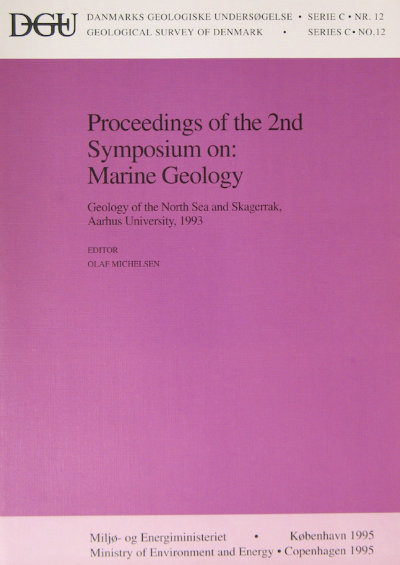Analysis of the fault geometry of a Cenozoic salt-related fault close to the D-1 well, Danish North Sea
DOI:
https://doi.org/10.34194/seriec.v12.7111Abstract
A normal detaching fault in the Norwegian-Danish Basin around the D-1 well (the D-1 fault) has been mapped using seismic sections. The fault has been analysed in detail by constructing backstripped-decompacted sections across the fault, contoured displacement diagrams along the fault, and vertical displacement maps. The result shows that the listric D-1 fault follows the displacement patterns for blind normal faults. Deviations from the ideal displacement pattern is suggested to be caused by salt-movements, which is the main driving mechanism for the faulting. Zechstein salt moves primarily from the hangingwall to the footwall and is superposed by later minor lateral flow beneath the footwall. Backstripping of depth-converted and decompacted sections results in an estimation of the saltsurface and the shape of the fault through time. This procedure then enables a simple modelling of the hangingwall deformation using a Chevron model with hangingwall collapse along dipping surfaces. The modelling indicates that the fault follows the salt surface until the Middle Miocene after which the offset on the fault also may be accommodated along the Top Chalk surface.
Downloads
Published
Issue
Section
License
This article is distributed under a CC-BY 4.0 licence, permitting free redistribution and reproduction for any purpose, even commercial, provided proper citation of the original work. Author(s) retain copyright over the article contents.


